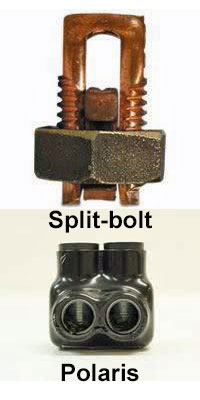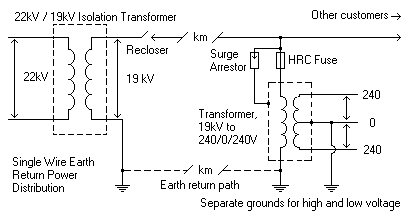Mike Pastorelli
New Member
My meter point is right at the ( hot ) conductor before the main breaker. The two hots that come off the meter can and into the house before hitting the main panel.. One meter lead is on the neutral and the other on the hot.. Both show 120 volts.. Then, when I turn the microwave on or any large load from any plug everything dims down and on the one conductor the voltage drops to 95 V and the other conductor swings up to 155 Volts.. Cant figure out what is going on? Please advise? Recently purchased forclosure house with what appears to be new service panel.. Thanks 


